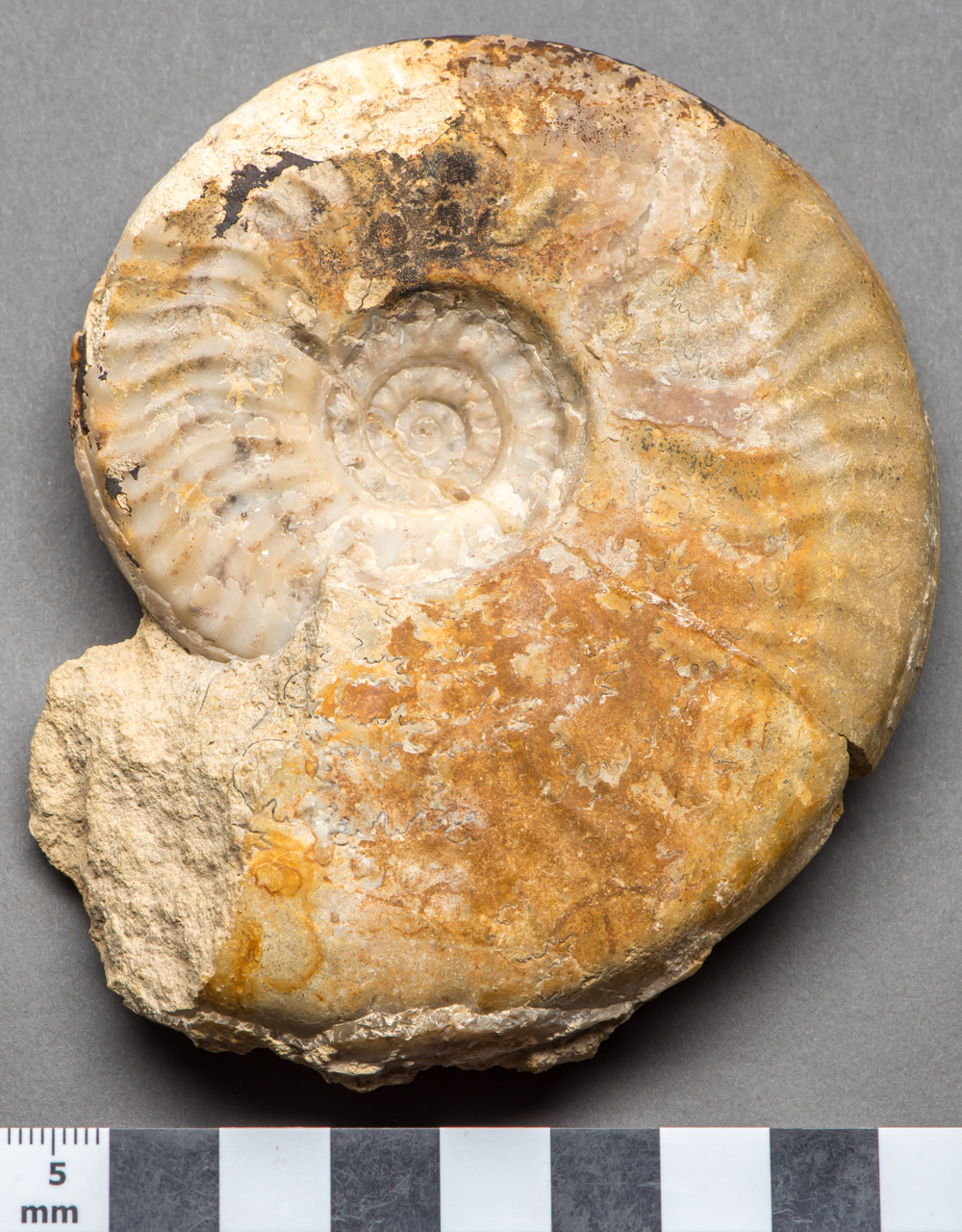Horn Park Quarry
Horn Park Quarry near Beaminster is an internationally-important site for the study of rocks from the start of the Middle Jurassic, about 174 million years ago. Its ammonites are important because they are ‘tools of time’ – they evolved rapidly through time and their shells became trapped in the rocks in sequence.
The Inferior Oolite, a thin band of limestone, was worked from the quarry as a source of building stone. Across West Dorset, this limestone presents a complex geological puzzle. It was deposited in a shallow sea, a bit like the Bahamas today, and that meant that there were shallow seas, lagoons, beaches and even islands. Sediments were deposited in the sea but not on the islands; in fact on the islands, the newly-formed rocks were being eroded away. As a result, every quarry and rock outcrop across West Dorset only contains part of that story; in places whole layers of rock are missing. We know that because ammonite zones are also missing. Horn Park contains the most complete record through this period of time, known as the Aalenian, and that’s what makes it so important.
Horn Park Quarry is the smallest NNR in Britain, being just one acre or 0.32 hectares in size. It was once a working quarry but it is no longer and the remaining outcrop is protected by a fence. There is no collecting other than for scientific and educational purposes. A section of the fossil beds has been stripped back and protected from the weather by a removable cover. To arrange a visit, contact the Senior Reserve Manager on 07899 731404.

